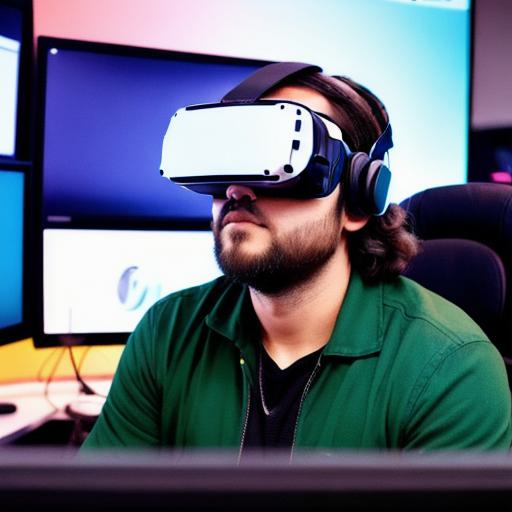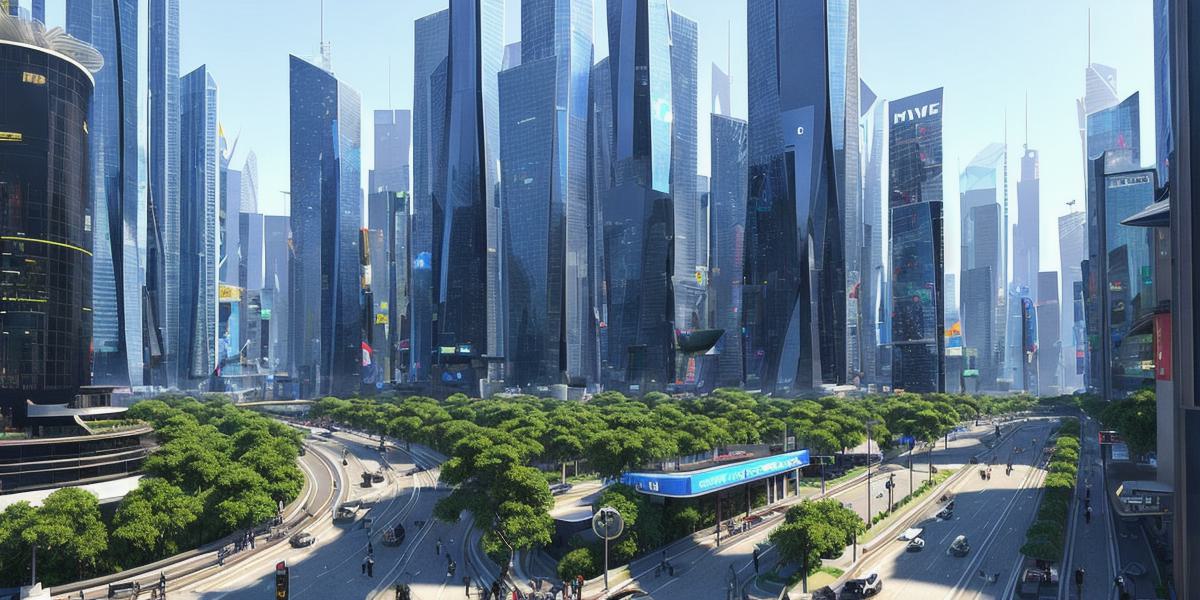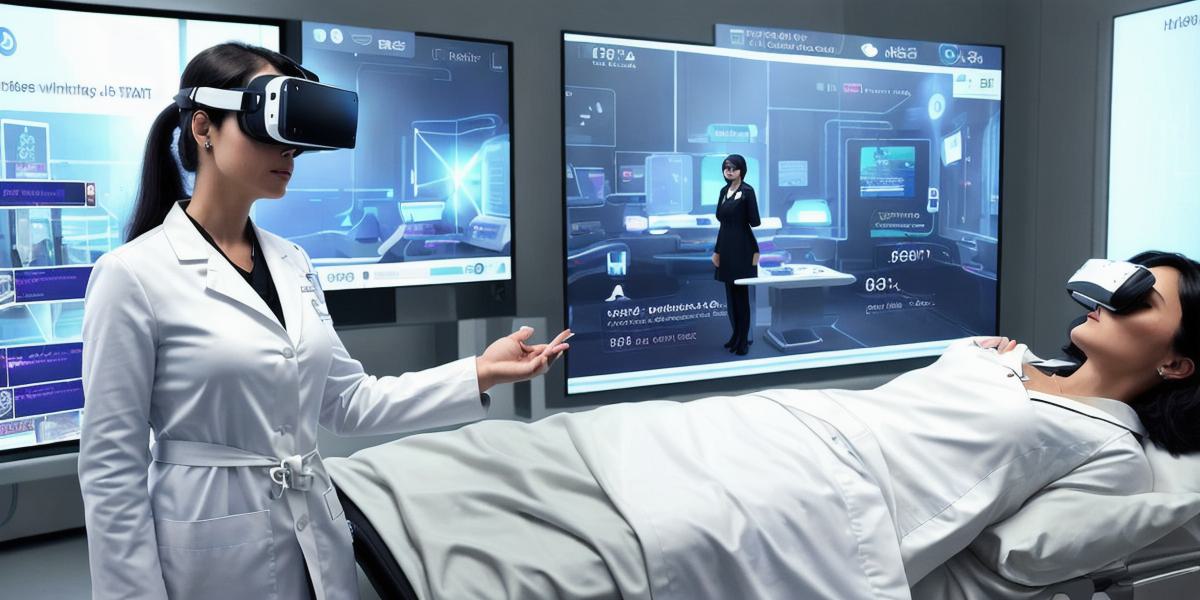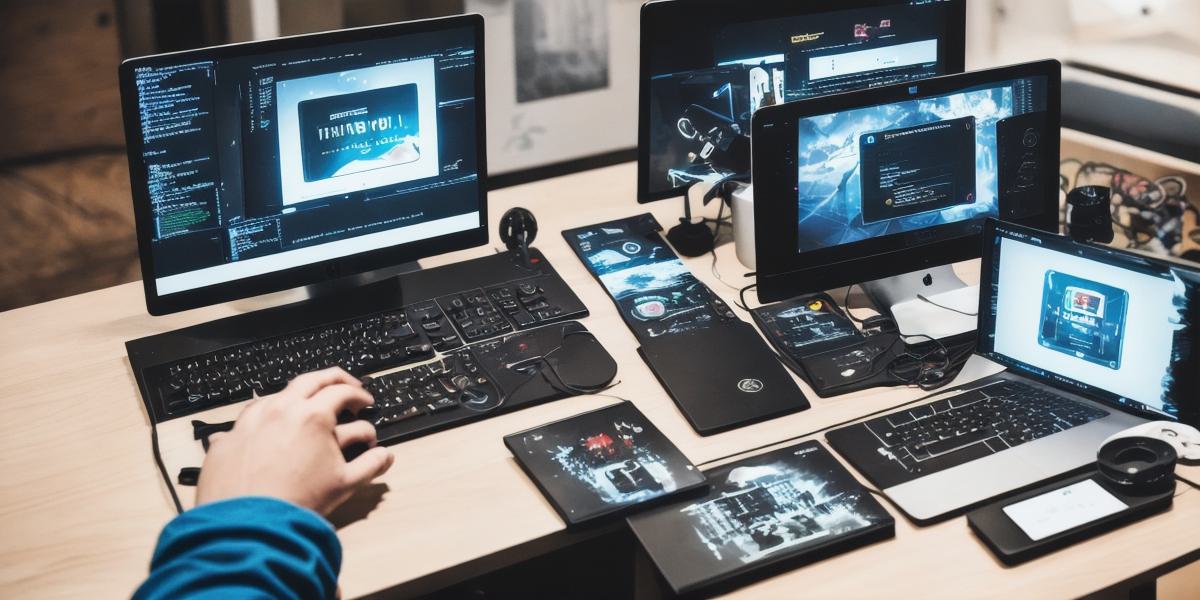The metaverse is a rapidly growing virtual world that offers endless possibilities for development and innovation. Whether you’re a seasoned developer or just starting out, there are a variety of tools available to help you bring your ideas to life in this exciting new reality. In this article, we’ll explore some of the best tools for metaverse development and discuss how they can help you create engaging and immersive experiences for your users.
First and foremost, it’s important to understand what makes the metaverse such a unique environment for development. Unlike traditional web applications, the metaverse is a fully immersive experience that requires specialized tools to create and maintain. This means that developers need to be familiar with technologies like virtual reality (VR), augmented reality (AR), and artificial intelligence (AI) in order to build successful projects.
One of the most popular tools for metaverse development is Unity, a cross-platform game engine that allows developers to create 3D environments, games, and applications for a wide range of devices. Unity supports both VR and AR development, making it a versatile tool for creating immersive experiences in the metaverse. With its intuitive interface and extensive library of assets, Unity is a great option for beginners who want to get started with metaverse development quickly.
Another popular tool for metaverse development is Unreal Engine, another powerful game engine that supports both VR and AR development. Unreal Engine is known for its high-performance graphics and advanced physics simulation capabilities, making it a great choice for creating realistic and interactive environments in the metaverse. While Unreal Engine may require more technical expertise than Unity, it offers greater flexibility and customization options for more experienced developers.
Finally, there are a variety of other tools available for metaverse development, including game engines like CryEngine and Lumberyard, as well as specialized software for creating VR and AR experiences like A-Frame and Blender. Each of these tools has its own strengths and weaknesses, so it’s important to choose the one that best fits your project’s needs and your team’s expertise.
When it comes to metaverse development, it’s also important to keep in mind the unique challenges and opportunities presented by this new environment. For example, one of the biggest challenges of building metaverse experiences is ensuring that they are accessible and enjoyable for a wide range of users, regardless of their technical expertise or equipment. This means that developers need to be aware of accessibility issues like motion sickness and eye strain, and take steps to mitigate them in their designs.

At the same time, the metaverse also presents an incredible opportunity for innovation and creativity. By leveraging new technologies like AI and machine learning, developers can create more personalized and interactive experiences for their users, and push the boundaries of what’s possible in the virtual world. Whether you’re a seasoned developer or just starting out, there has never been a better time to explore the possibilities of metaverse development and bring your ideas to life in this exciting new reality.
In conclusion, the metaverse is an exciting new frontier for development that presents both challenges and opportunities for creators. By using the right tools and approaches, developers can create engaging and immersive experiences that push the boundaries of what’s possible in the virtual world. Whether you’re a beginner or an experienced developer, there has never been a better time to explore the possibilities of metaverse development and bring your ideas to life in this exciting new reality.




